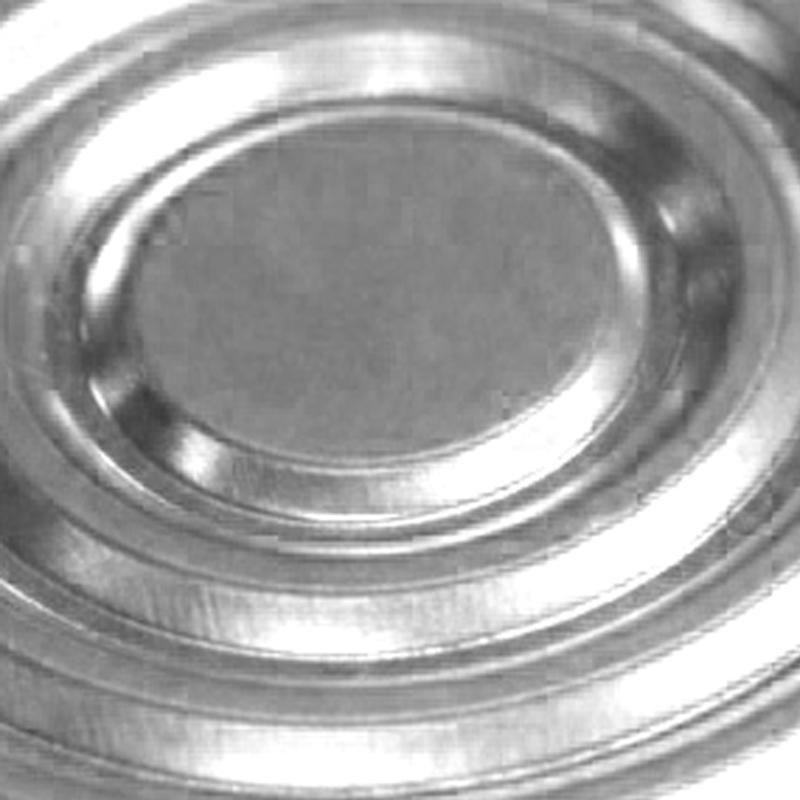
Dec . 24, 2024 10:01 Back to list
types of differential pressure gauges
Understanding the Types of Differential Pressure Gauges
Differential pressure gauges are critical instruments in various industrial applications, particularly in the fields of process engineering, HVAC systems, and water treatment. They measure the difference in pressure between two points, allowing for the monitoring of various processes and systems. The following is an overview of the types of differential pressure gauges available, their working principles, applications, and advantages.
1. Mechanical Differential Pressure Gauges
Mechanical differential pressure gauges are among the most traditional types of gauges. They consist of a Bourdon tube, diaphragm, or capsule that reacts to pressure differences. The movement of these components translates the pressure differential into a readable value on a dial.
Applications These gauges are typically used in applications where the pressure range is moderate, such as HVAC systems, gas pipelines, and liquid storage tanks.
Advantages They are known for their robustness, simplicity, and the absence of electrical components, making them suitable for hazardous or explosive environments.
2. Electronic Differential Pressure Gauges
Electronic differential pressure gauges utilize advanced electronic sensors, such as piezoresistive or capacitive sensors, to measure pressure differences. These sensors convert pressure changes into electrical signals that can be displayed digitally.
Applications They are widely used in cleanroom environments, laboratories, and other applications requiring precise measurements, such as semiconductor manufacturing.
Advantages These gauges provide higher accuracy and can have features such as data logging, remote monitoring, and digital displays. They also often come with built-in alarms for critical pressure levels.
3. Capacitive Differential Pressure Gauges
Capacitive differential pressure gauges use two capacitive sensors to detect changes in pressure. The difference in capacitance between the two sensors reflects the differential pressure.
types of differential pressure gauges

Applications These gauges are particularly useful in clean environments and processes where contamination must be minimized, such as pharmaceuticals and food processing.
Advantages They offer a high degree of sensitivity and stability, making them suitable for low-pressure applications. Their electronic nature also allows for easy integration with control systems.
4. Differential Pressure Switches
Differential pressure switches are specialized devices designed to signal an alarm or trigger an action when a preset differential pressure is reached. They commonly feature mechanical, electronic, or microelectromechanical (MEMS) sensors that detect changes in pressure and actuate a switch.
Applications These switches are utilized in various applications, including filter monitoring, pump protection, and pressure monitoring in HVAC systems.
Advantages They provide instant alerts and actions based on pressure changes, which can enhance system safety and reliability.
5. Differential Pressure Transmitters
Differential pressure transmitters are sophisticated instruments that measure pressure differences and convert those measurements into a standardized output signal (usually 4-20 mA or digital). They are typically more advanced than gauges and can interface with control systems for automation.
Applications Commonly used in process industries for monitoring flow, level, and pressure in various systems, such as chemical processing and oil and gas industries.
Advantages These transmitters offer high accuracy and can be calibrated for specific applications. Their ability to integrate with control systems enhances their functionality and operability.
Conclusion
In conclusion, differential pressure gauges play a pivotal role in monitoring and controlling various industrial processes. Understanding the different types of gauges—mechanical, electronic, capacitive, switches, and transmitters—can assist industries in selecting the appropriate instrument for their specific needs. Each type has its unique advantages, applicable environments, and use cases. When choosing a differential pressure gauge, it's crucial to consider factors such as accuracy, measurement range, environmental conditions, and the specific application to ensure optimum performance and reliability. As technology progresses, these instruments continue evolving, enhancing their capabilities and making them essential tools in modern industry.
-
AG Precision Pressure Gauges High Accuracy & Global Exporters
NewsMay.21,2025
-
Ashcroft Diaphragm Pressure Gauges Precision & Durability
NewsMay.21,2025
-
Micro Differential Pressure Gauges High-Precision & Compact Solutions
NewsMay.20,2025
-
Pressure Gauges with Diaphragm Seals High-Accuracy & Corrosion-Resistant
NewsMay.20,2025
-
Capillary Type Differential Pressure Gauge Precision Measurement Solutions
NewsMay.19,2025
-
Diaphragm Seal Pressure Gauges High Accuracy & Corrosion Resistance
NewsMay.19,2025
